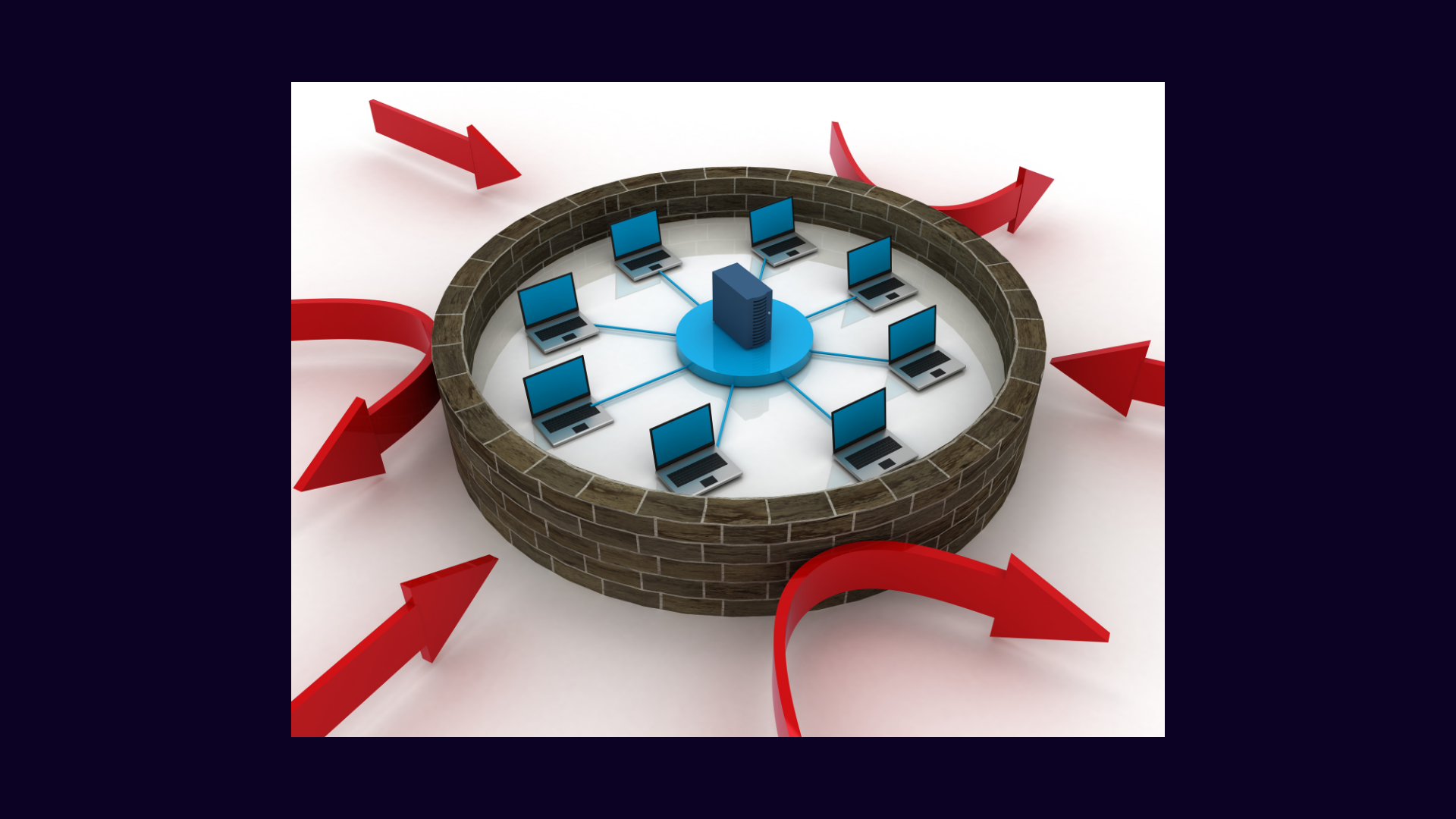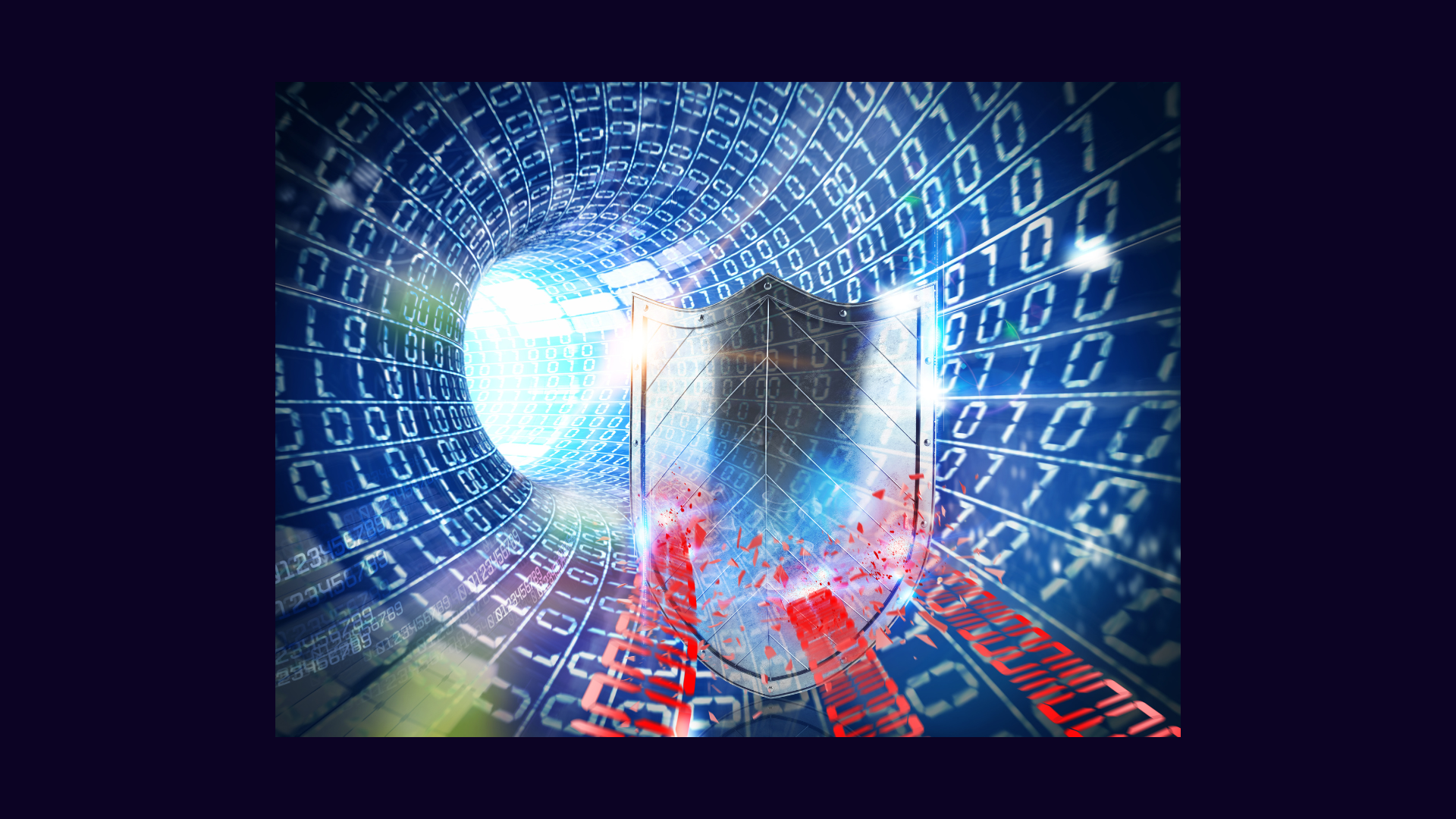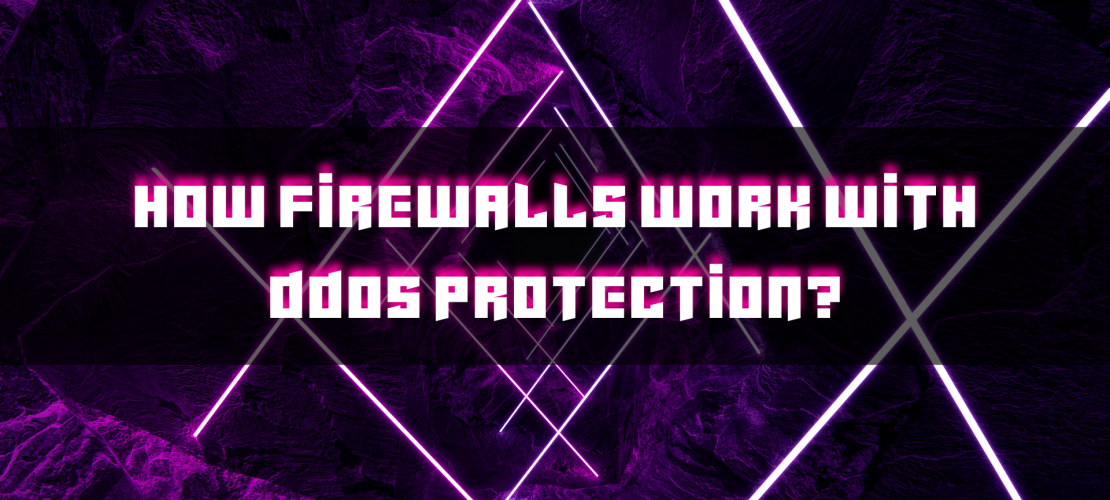What Is a Firewall in Simple Terms
The term “firewall” entered the world of computer networks from fighting fires. It means an unbroken wall in a building’s structure to prevent the spread of flame to other parts of a building.
In a telecommunications context, it protects the network from malicious traffic and hacking attempts.
In many offices, personal information, critical company material or corporate secrets can all be stored in one place- and that means someone could get access to it by breaking into the office.
To prevent this from happening, you need a range of protection. One key component is a firewall. Like an observant gatekeeper, it checks everyone who passes through it, stopping people from smuggling anything outside
Firewall Types
Here are various types of firewalls and their key features;
Hardware
Hardware with firewalls installed. You can choose to buy appliances and configure them for your business needs. Hardware is more powerful and much more expensive to maintain than the software version. But there is no way to know how effective it would be in a disaster scenario yet.
Software
For example, Windows has a firewall built in. Network traffic is prevented from passing freely over the network. All outside connections are passed through the firewall first and analyzed before being allowed on to the network.

How it works
A firewall can either be a software program or an expensive piece of hardware. When it’s used, it stops unauthorised access from the internet and to the company’s network. Let’s look at two types of firewalls: stateful and stateless.
Note: A firewall can be either stateful or stateless, but never both.
Storing the state of legitimate connections and verifying what’s inside the data packets: characteristics and communication channels.
Evaluating packets by following strict rules. They are considered “safe” and allowed through if complying with these rules. When they don’t, the packet is considered “malicious” and gets blocked.
For medium and large projects, that have large outbound traffic and a budget to implement such a solution.For smaller projects, that face fewer threats and have a limited budget.
Why Do We Need a Firewall?
A firewall is meant to protect your network and sometimes can do multiple things depending on the objective it has. This includes stopping unwanted traffic, protecting against malware, block unauthorized access, or protecting your network from cyberattacks.
Here are some examples
1. Prevention of unauthorized access.
The regional company Bergerton PLC has branches in Los Angeles and their head office and branch IP addresses are known. They constantly exchange data. One day, someone sends a request for downloading the customer database from an unknown IP address disguised as an LA branch office. The firewall automatically checks to see if there is a match between the new IP address and your access settings. If there isn’t, the request will not be granted.
2. Data transfer restriction.
Justin K. Edwards, the head of the computer department, downloaded a game to their laptop for fun. But then a virus was somehow installed in the file on the laptop. If Justin’s computer does not have any antivirus software that reports on the malicious nature of the downloaded file, a virus will try to steal sensitive data and send them to another location. A firewall is then a great piece of protection.” Powered by an all AI-enabled detection system, the Cybersecurity Management System monitors all traffic in real time, detecting and blocking suspicious activity. Communications are encrypted for privacy purposes and data cannot be accessed by those outside of the company..
3. Protection of an internal network from cyberattacks.
Our eyewear store has its own website at work.domain.com. Without the platform, the managers would be unable to process orders, get documents or find information about items. If our site was ever hit with a DDoS attack and we didn’t have protection in place? Managers would simply fail to do their jobs without it! A firewall can help you prevent disruptions in your work. If correctly configured, it can be a valuable security device that helps you safeguard your networks and data from outsiders.

Does a Firewall Protect Against DDoS Attacks?
A lot of people associate firewalls with “complete” protection. However, the reality is that a firewall can’t ensure protection against a DDoS attack if they don’t have the right policy settings and specialized settings together with multiple layers. Furthermore, irregular updates make firewalls more vulnerable. Hackers are constantly updating their knowledge and developing new methods of malicious attacks.
Therefore, for genuinely comprehensive protection, it is recommended to implement additional solutions.
To protect against DDoS attacks, you need protection at the 3rd, 4th and 7th layers of the OSI model. You can use traffic scrubbing with Reverse Proxy technology to filter content.
If there’s some suspicion of an attack, the system will only focus on each incoming packet- and won’t block traffic from that IP address. If it’s coming from an attacker or a home router, legitimate devices from that IP address will still be able to access the content if not blocked.
Among the different security tools available, there is one that has a rather complex configuration and it’s designed for web applications. It examines what specific requirements your application needs to be secure. This type of firewall protects you from SQL injections, XSS scripts and other threats from the OWASP list. As this is more demanding to implement as compared to DDoS attacks, it also requires advanced technical skills.
The picture shows that WAF is not the primary protection. It is a multifunctional enhancement that can be used in addition to an anti-DDoS solution at L7.
It has been observed that WAF incidents occur with a higher frequency than DDoS attacks. This might be due to the fact some users think. WAF is just one of a few services which offer you protection. While it may not be the ideal solution for all your needs, it is important to try and draw out the differences between it and other similar services. As well as this, consider that other benefits such as security are also available and could provide you with an inexpensive way to protect your site.
It doesn’t matter who you are, or what your budget is: if you run a website, you have to take proper measures against DDoS attacks. Over the last few years, they’ve become one of the cheapest and most widely-used methods of taking down websites. To ensure reliable operation for your business, we recommend that you put DDoS protection in place immediately.
“Who Needs a Firewall” Checklist
It’s important to keep in mind that a WAF is not self-sufficient, it needs to work together with other L7 protections. To know whether your project needs any of the following protection components, please refer to the checklist below:
- here are the most notable features of the web application
- You need extensive options for protection against complex types of attacks. OWASP is a fantastic and well-reputed organization that focuses on the 10 most serious and common attacks.
- If you don’t have the tech skills to set up your system, or the resources to pay someone with more experience, now’s the time to call in a pro.

Important Things to Keep In Mind
The website protection at Layer 7 is the foundation of your web security strategy. It ensures optimal performance, high loading speeds and without fail, prevents malicious traffic. Protecting your site is already a reliable form of cyber protection. Additional modifications and financial costs depend on the specific challenges of the application
Your project will be sustainable on any scale with the right protection. Think about what your project is supposed to achieve, and evaluate potential suppliers by asking about their easy-to-understand features




